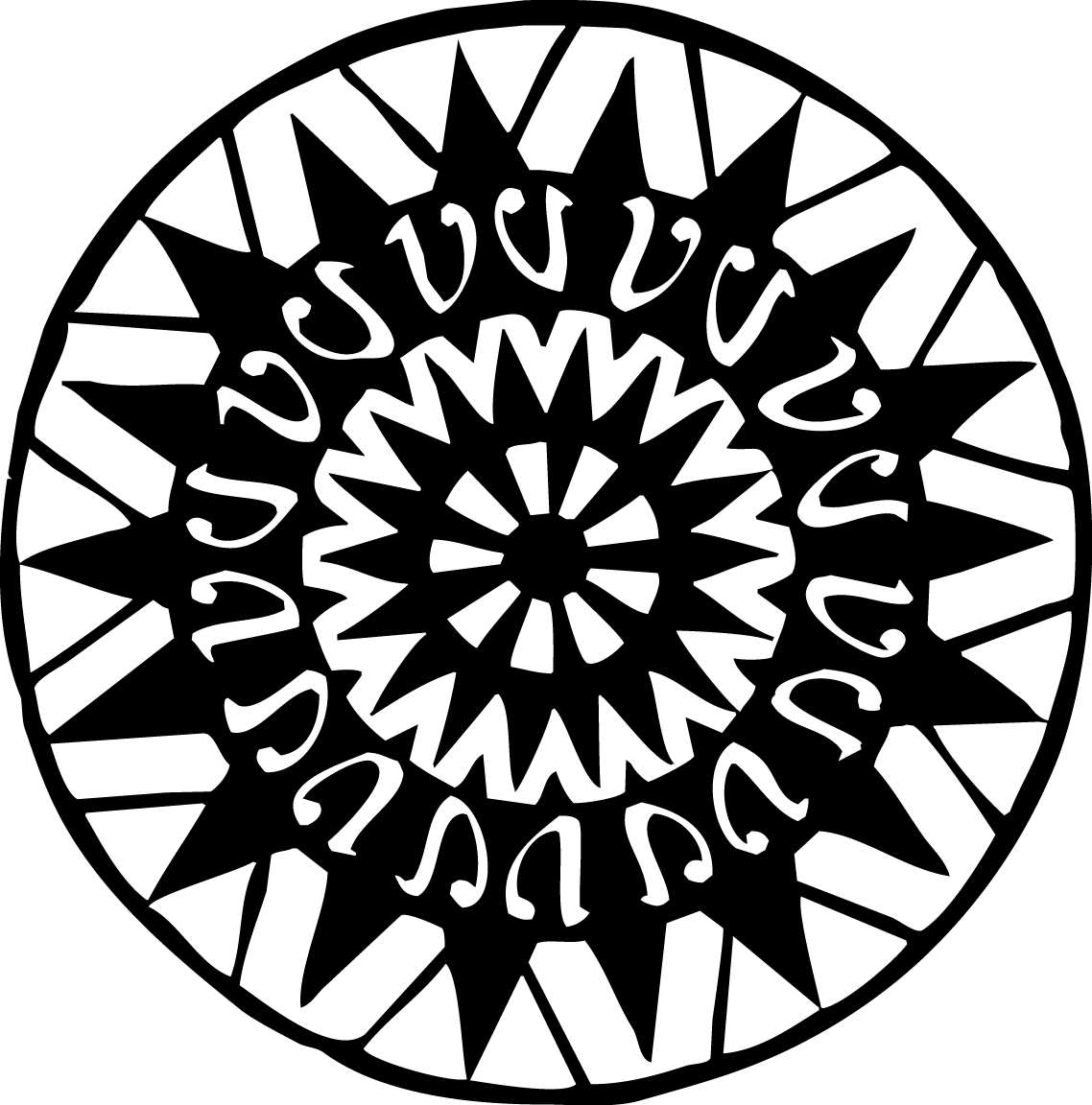An urban planner friend shared an article on Facebook about how the US transportation fails the elderly after they are unable to drive. It's a fascinating read touching on many of the topics I've written about (driverless cars, aging in place), but from an urban planning perspective.
My friend is a pedestrian advocate, a city dweller, a runner and a conscientious family member. Over the years, we've talked a lot about his profession, which I find fascinating, and he's shown interest in my work advocating for people to design for the fringe audience instead of the typical target audience. I believe many of the urban planners today are like my friend and they are taking into consideration the entire population, and not just the perfectly abled who have lots of money.
I encourage you all to read this article and remember that designing for the fringe is not about designing for others, it's about designing for another version of yourself.
With that thought in mind, I encourage you to read Once seniors are too old to drive, our transportation system totally fails them by Joseph Stromberg for Vox and to consider:
- Innovation happens when we forget the status quo and start considering people who have real problems that need to be solved. So that the driverless car doesn't go the way of Google Glass, let's encourage innovators to think more broadly about their target audience.
- The transportation system falls short for the elderly, but also for those who are in a wheelchair or impoverished (and many others). How can we make it better without breaking the bank?
- Design greats like Michael Graves began designing for people with disabilities once he became wheelchair-bound. How can we encourage people to see the other version of themselves sooner?
“It’s about coming up with solutions that change people’s lives but are also beautiful. Those things aren’t isolated.”










A tiny home could make it easier for my mom to age near us (or for us to live near her).